Ducal Palace
The Ducal Palace is a monumental building, the construction of which began in 1501, on the orders of Jaime, the fourth Duke of Bragança. The campaigns of aggrandisement and improvement took place throughout the 16th and 17th centuries, giving the building its current size and characteristics – the 110 metre-long façade is unique in Portuguese civil architecture and reveals classical inspiration.
With the rise of the House of Bragança to the throne of Portugal in 1640, from permanent residence of the first family of the national nobility, Vila Viçosa Palace became one of the many royal residences scattered throughout the kingdom. The Ducal Palace once again experienced golden moments at the time of the double marriages of the children of King João V and Queen Marie I with the children of the Spanish sovereigns, their contemporaries, episodes known as the Exchange of the Princesses. For these happy occasions, new works campaigns endowed the Palace with visible improvements to the main floor, kitchen and Chapel.
In the 19th century, the hitherto sporadic visits of the Royal Family became frequent, and the Palace was renovated successively in the reigns of King Luís and King Carlos in order to more comfortably receive the family and a large entourage during their annual hunting trips.
With the establishment of the Republic in 1910, the Ducal Palace closed its doors, which would only be reopened in the 1940s, after the creation of the House of Bragança Foundation, reflecting the wish expressed in the last will and testament of King Manuel II.
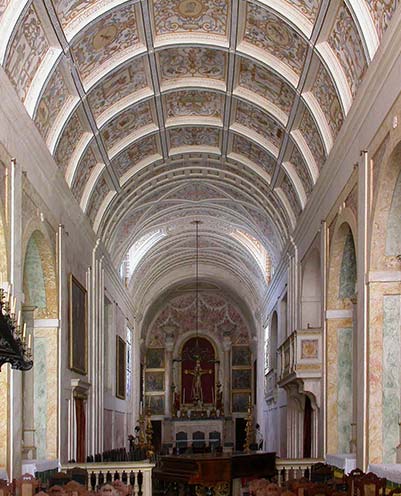
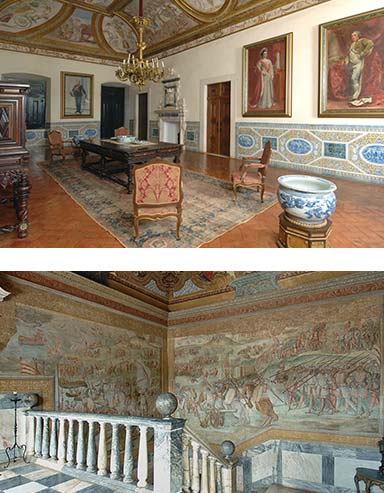
On a visit to the Ducal Palace, the route passes through the Noble Floor, where the collections of Decorative Arts are concentrated: paintings, sculptures, furniture, tapestries, ceramics and jewellery.
These pieces are enhanced by the imposing space that includes 17th century frescoes and tiles, coffered and painted ceilings, marble fireplaces with elaborate decorative elements. The kitchen, where the visit ends, leaves an indelible impression due to its size and the amount of copper utensils that it contains.
Over the last few years, there has been an intense programme of preventive and active conservation of this museum space and a great bolstering of the collections through the acquisition of pieces of unquestionable artistic value and the restoration of others that were in the Reserves. The size of the collections it houses justifies the division into sections and the option of theme visits.
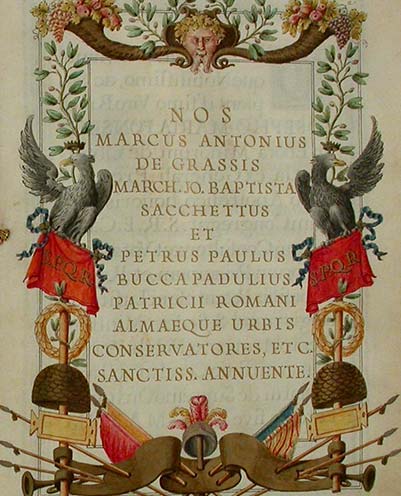
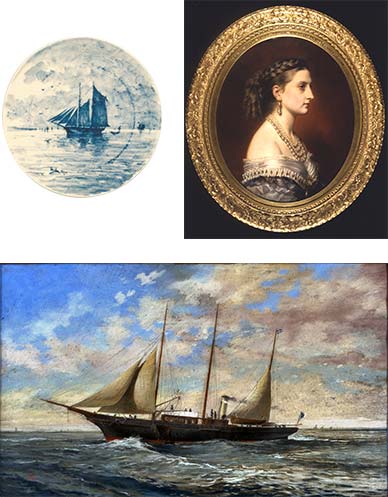
The Library, the Musical Archive and the Photographic Archive are all housed within the Ducal Palace, the Historical Archive being located in the Bishop’s Palace, also within the Palace Grounds.
Quick Links
Head Office
Casa de Massarelos, Estrada da Gibalta
2760-064, Caxias
Paço Ducal
Newsletter
Fundação da Casa de Bragança © 2020
Privacy Policy | Cookies Policy



